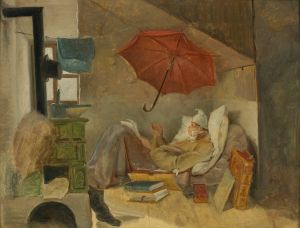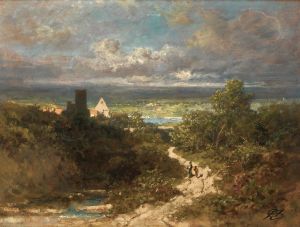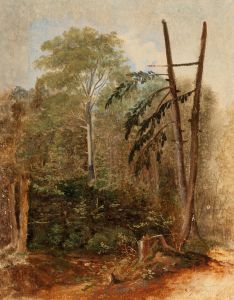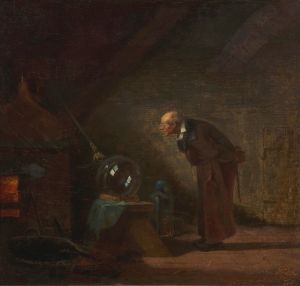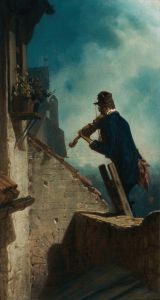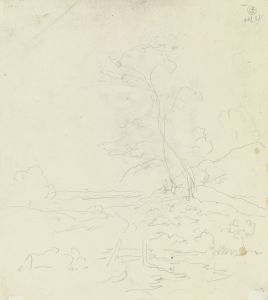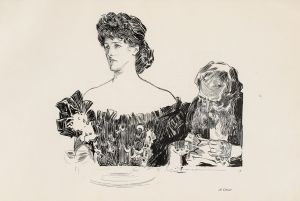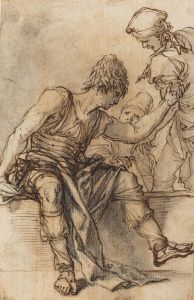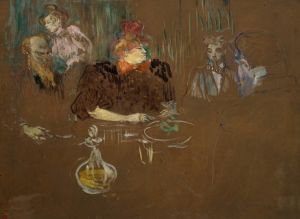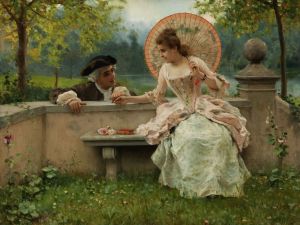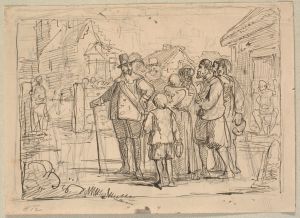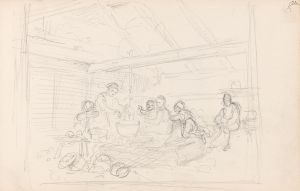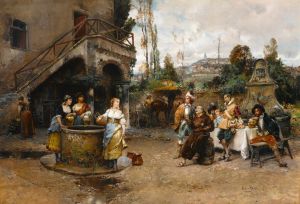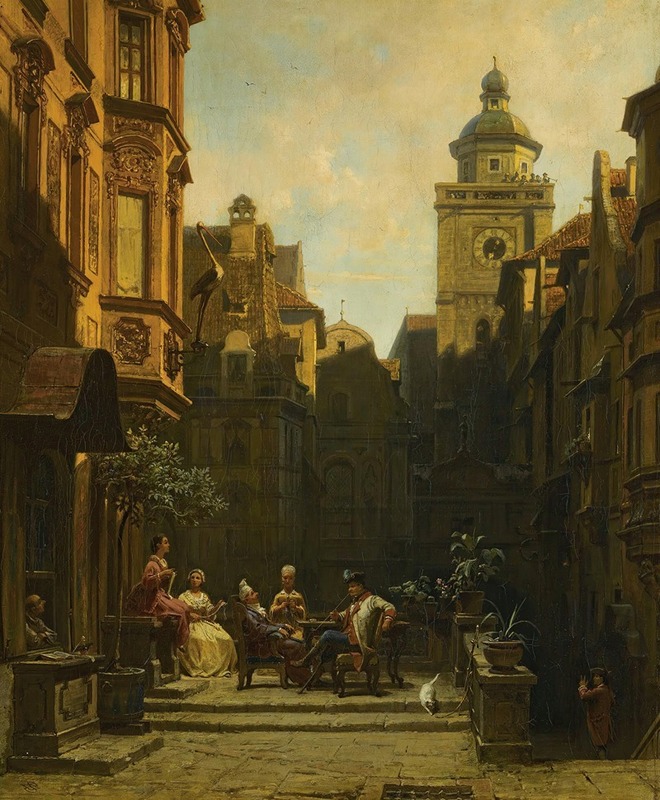
Die Plauderstunde
A hand-painted replica of Carl Spitzweg’s masterpiece Die Plauderstunde, meticulously crafted by professional artists to capture the true essence of the original. Each piece is created with museum-quality canvas and rare mineral pigments, carefully painted by experienced artists with delicate brushstrokes and rich, layered colors to perfectly recreate the texture of the original artwork. Unlike machine-printed reproductions, this hand-painted version brings the painting to life, infused with the artist’s emotions and skill in every stroke. Whether for personal collection or home decoration, it instantly elevates the artistic atmosphere of any space.
Carl Spitzweg's painting Die Plauderstunde (translated as The Chat Hour) is a work by the renowned German Romantic painter and poet, Carl Spitzweg (1808–1885). Spitzweg is celebrated for his detailed and often humorous depictions of everyday life, particularly in the context of 19th-century bourgeois society. His works frequently explore themes of solitude, intimacy, and the charm of small, seemingly insignificant moments.
Die Plauderstunde exemplifies Spitzweg's characteristic style, which combines meticulous attention to detail with a warm, narrative quality. The painting portrays a tranquil domestic scene, where two individuals are engaged in a quiet conversation. The setting is intimate, likely a cozy interior or garden, reflecting Spitzweg's interest in capturing the private, personal moments of his subjects. The figures are rendered with a sense of individuality and humanity, emphasizing the artist's ability to imbue his characters with life and personality.
Spitzweg's works, including Die Plauderstunde, are often associated with the Biedermeier period, a cultural era in Central Europe that emphasized modesty, domesticity, and a focus on the middle class. His paintings frequently depict scenes of leisure, intellectual pursuits, and the simple pleasures of life, aligning with the values of the time. Spitzweg's art is also noted for its subtle humor and gentle irony, which often invite viewers to reflect on the quirks and idiosyncrasies of human behavior.
The painting is executed in oil on canvas, a medium Spitzweg commonly used. His technique is marked by soft, warm lighting and a harmonious color palette, which contribute to the inviting and serene atmosphere of his works. Spitzweg's attention to detail extends to the textures and patterns in the painting, such as the clothing of the figures or the furnishings of the setting, which help to situate the scene in its historical and cultural context.
While Die Plauderstunde is not as widely known as some of Spitzweg's other works, such as The Poor Poet or The Bookworm, it remains a fine example of his ability to capture the essence of 19th-century life. The painting reflects his talent for storytelling through visual art, as well as his deep appreciation for the beauty and significance of everyday moments.
The current location of Die Plauderstunde is not widely documented, and specific details about its provenance or exhibition history are limited. However, many of Spitzweg's works are held in prominent collections, including the Neue Pinakothek in Munich, Germany, which houses several of his most famous pieces.
As with much of Spitzweg's oeuvre, Die Plauderstunde continues to resonate with audiences for its timeless charm and its celebration of the quiet joys of life.





